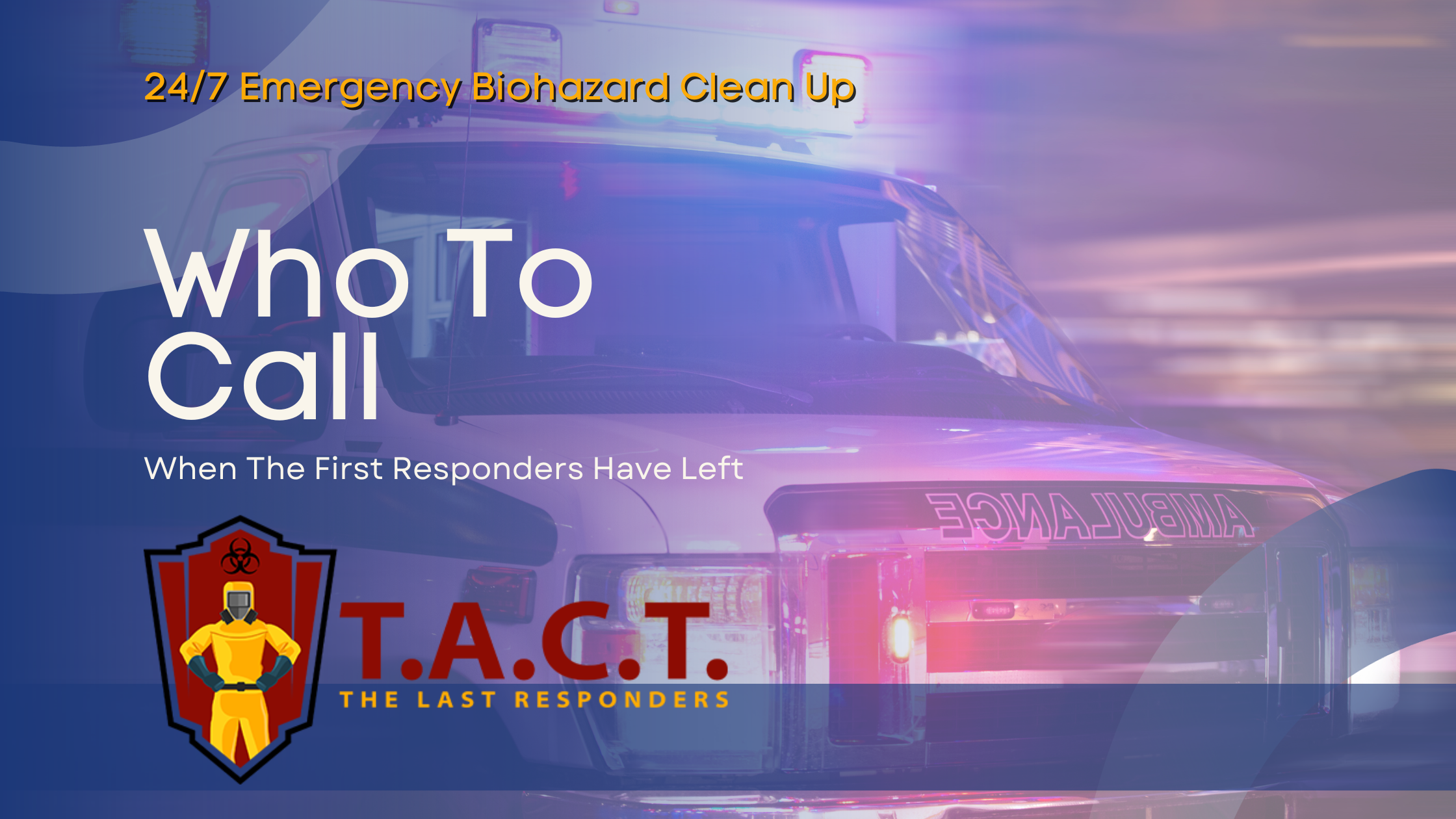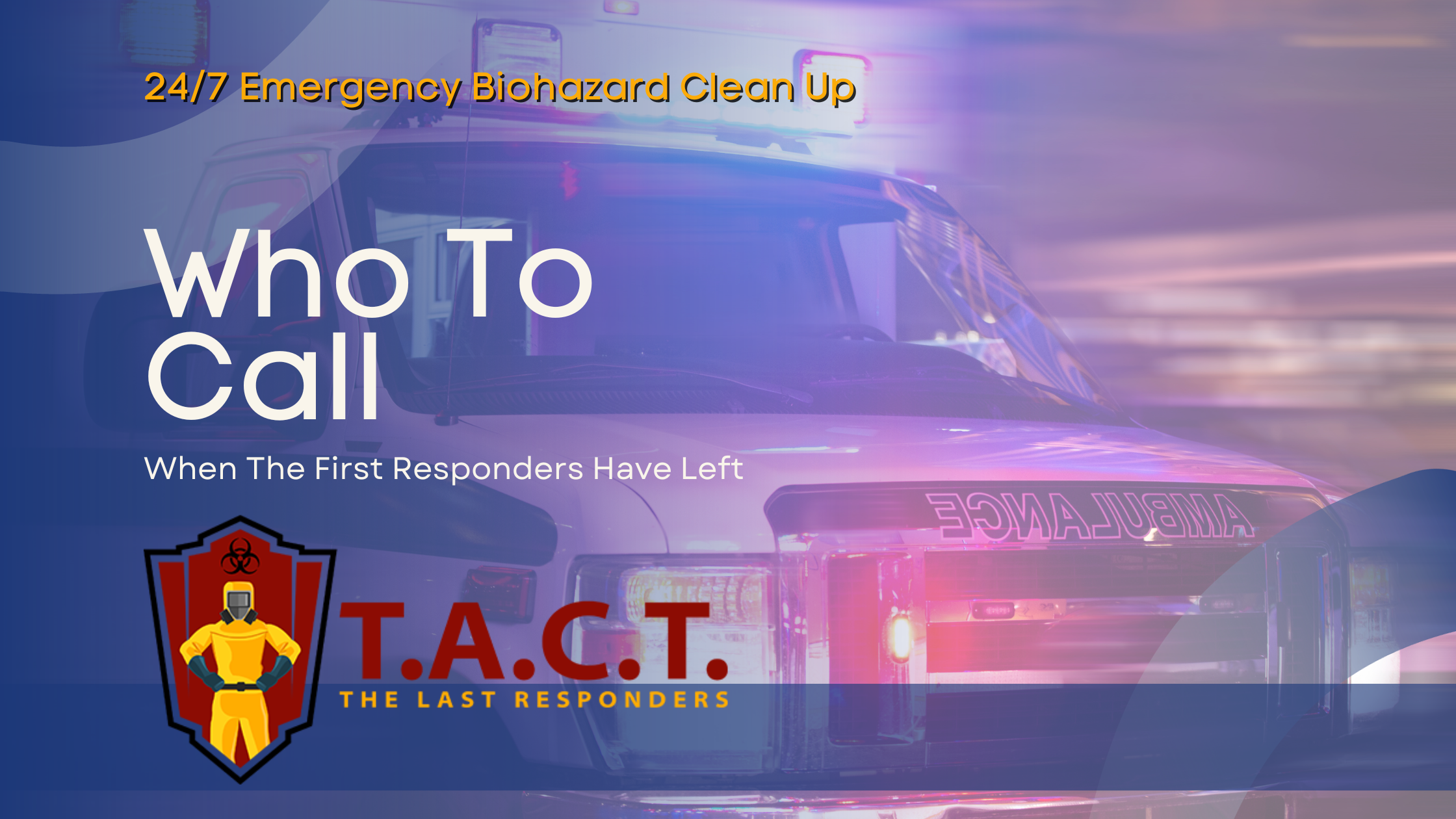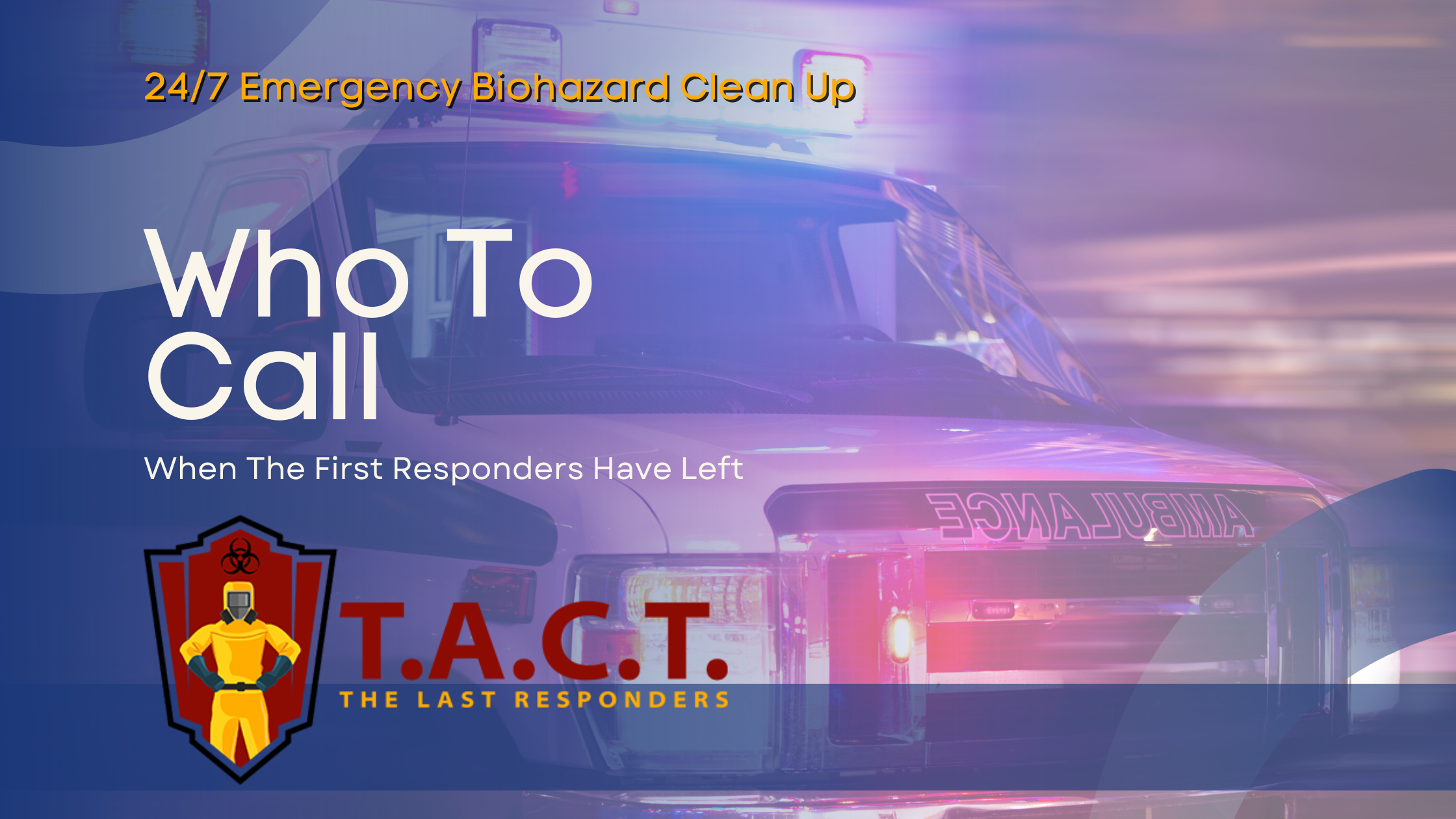Keeping Communities Safe

Keeping Communities Safe with Medical Waste Disposal: Biohazardous Waste Management
Biohazardous waste management is a critical, yet often overlooked, responsibility across hospitals, laboratories, and research centers. Proper handling, identification, and disposal of biohazardous materials protect not just those in direct contact with these substances, but also safeguard broader communities and the environment. Biomedical waste, a regulated category of waste generated in healthcare and research settings, requires strict adherence to safety and compliance standards due to its potential risks. This guide will walk you through what constitutes biohazardous waste, the different categories and handling techniques, disposal methods, and best practices to ensure compliance and safety for everyone involved, with a focus on medical waste management and the essential role of recognized authority, such as federal agencies and regulatory bodies, in setting standards and guidelines.
Introduction to Biohazardous Waste
Biohazardous waste is any material that poses a risk to human or environmental health due to potential contamination with infectious agents or hazardous biological materials. Proper management of these materials is essential for effective disease control in healthcare and laboratory environments. This includes a wide variety of substances:
Laboratory waste exposed to pathogenic organisms
Materials that have come in contact with blood, body fluids, or human/non-human primate cell lines
Items contaminated during research, diagnostic, or patient care activities
Materials contaminated with other potentially infectious materials (OPIM), such as certain body fluids or tissues, as defined by regulatory standards
The universal biohazard symbol instantly flags these substances, serving as a clear warning that handling requires caution and expertise.
Why Proper Biohazardous Waste Management Matters
Failing to manage biohazardous waste properly can lead to:
The spread of infectious diseases
Environmental contamination
Legal repercussions and regulatory fines
Increased operational costs due to non-compliance, inefficient waste handling, or penalties
Emotional distress within communities
Managing these risks requires a systematic approach grounded in safety, compliance, and compassion.
Categories of Biohazardous Waste
Understanding the different types of biohazardous waste is foundational for effective management. They can be categorized as follows: The types and quantities of wastes generated depend on the specific activities and procedures performed in each facility.
Solid Biohazardous Waste
This includes non-sharp items contaminated with blood, body fluids, or culture materials, representing a significant portion of the waste generated in healthcare and laboratory environments. Examples:
Used gloves, gauze, or swabs
Disposable personal protective equipment (PPE)
Materials containing tissue samples or animal bedding
Liquid Biohazardous Waste
Liquid wastes originate from research or patient care and include:
Blood and blood products
Body fluids
Cell culture media
Careful containment is crucial to prevent spills and leaks, which could lead to widespread contamination. Large volumes may require rigid secondary containment, strict documentation, and transport by specialized personnel. Appropriate treatment methods, such as chemical disinfection or autoclaving, are essential to render liquid biohazardous waste safe for final disposal.
Sharps Waste
Anything with rigid points or edges that can penetrate the skin falls into the sharps category:
Hypodermic needles
Scalpels
Broken glassware used in labs
Sharps carry a high risk of injury and cross-contamination, making secure containment essential.
Where Biohazardous Waste Comes From
Biohazardous waste is generated from a variety of settings, including:
Medical and research laboratories
Hospitals and veterinary clinics
Experimental animal facilities
Blood banks and biological specimen storage
Medical wastes produced in these settings are subject to strict regulatory oversight, reflecting the industry's commitment to public health and safety.
Substances can include:
Human or animal blood and tissue
Pathological specimens
Biological by-products from research projects
Carcasses and animal bedding from laboratory animals
Each source can generate multiple types of waste, underscoring the importance of adaptable management protocols.
Industries that Generate Biohazardous Waste
Biohazardous waste is not limited to a single sector—it is a byproduct of a wide range of industries, each with unique challenges and responsibilities. Health care facilities such as hospitals, clinics, and nursing homes are among the largest generators of medical waste, including sharps waste, infectious waste, and materials contaminated with body fluids or human blood. Laboratories and medical research centers also contribute significantly, producing hazardous waste from diagnostic tests, research experiments, and the use of medical equipment.
Pharmaceutical companies and manufacturers of medical devices generate pharmaceutical waste and other hazardous materials during production, testing, and distribution. Veterinary clinics and animal research facilities handle pathological waste and medical waste from animal care and experimentation. Blood banks, mortuaries, and facilities that process human blood and body fluids must also manage potentially infectious materials with strict protocols for safe disposal.
Proper waste segregation, the use of personal protective equipment, and adherence to regulations are essential across all these industries to prevent disease transmission and protect human health. By implementing robust waste management practices, these industries help ensure that biohazardous waste is handled, stored, and disposed of safely, minimizing risks to workers, patients, and the wider community.
Medical Waste Services: Partners in Community Safety
Medical waste services are vital partners in maintaining community safety and public health. These specialized services manage the collection, transportation, and disposal of medical waste, including hazardous waste and regulated medical waste, from health care facilities, hospitals, clinics, and nursing homes. By ensuring that infectious waste, sharps, and other potentially dangerous materials are handled according to strict regulations, medical waste services help prevent the spread of disease and protect both people and the environment.
In addition to supporting healthcare providers, medical waste services assist pharmaceutical companies, medical device manufacturers, and other industries that generate medical waste. Their expertise ensures that waste is disposed of using approved methods, such as medical waste incinerators, and that hazardous chemicals and materials do not end up in landfills or waterways.
Compliance with regulations is a cornerstone of medical waste services, providing peace of mind to facilities and the communities they serve. By offering reliable waste disposal solutions, these services help reduce the risk of disease transmission, safeguard human health, and support the ongoing operations of healthcare and related industries. Ultimately, medical waste services are essential allies in promoting a safer, healthier environment for everyone.
Handling Liquid Biohazardous Waste
Liquid waste handling is uniquely challenging due to potential leaks and rapid spread if containment fails. Key points include:
Ensure all liquid waste is placed in leak-proof, labeled containers
For smaller amounts, absorbents may convert them into safely disposable solid waste
Large volumes may require rigid secondary containment, strict documentation, and transport by specialized personnel
Disposal methods can include autoclaving (for decontamination), chemical disinfection, or regulated incineration. Personnel must be trained to properly dispose of liquid biohazardous waste in accordance with regulatory guidelines to prevent environmental contamination.
Every step must minimize the risk of exposure to personnel and the environment.
Disposal Methods for Biohazardous Waste
Safe and compliant disposal is non-negotiable. The chosen method depends on the waste’s category and contamination level:
Autoclaving uses pressurized steam to sterilize infectious waste, rendering it non-hazardous.
Incineration completely destroys infectious agents but must be performed in regulated facilities to avoid air pollution. Some facilities choose to transport waste off site for specialized processing, ensuring compliance with all transportation and disposal regulations.
Landfilling may be suitable for some autoclaved waste, provided it meets all legal requirements.
Sharps disposal always requires puncture-resistant, sealed containers (commonly marked with the biohazard symbol and color-coded for easy identification).
Where possible, recycling of certain biohazardous materials, such as sterilized plastics or metals, can further reduce environmental impact and support sustainability initiatives.
Never mix biohazardous waste with general waste streams. Proper segregation is crucial to prevent accidental exposures.
Navigating Regulations and Compliance
Biohazardous waste management in the United States is governed by a web of regulations:
State and county Medical Waste Disposal Laws elaborate on local requirements.
OSHA (Occupational Safety and Health Administration) sets federal standards for workplace safety, including the Bloodborne Pathogens Standard.
The Environmental Protection Agency (EPA) provides guidelines particularly relevant to environmental impact and transport.
Individual facilities may have their own stricter internal protocols to ensure the highest level of safety and compliance.
Ongoing changes in regulation at both the state and federal levels require facilities to continually update their waste management protocols and technologies to maintain compliance.
Staying up to date with regulations and engaging in regular audits of your waste management procedures is vital to avoid penalties and, more importantly, protect your community.
Best Practices in Biohazardous Waste Management
Segregation and Labeling
Separate waste at the source according to type (solids, liquids, sharps)
Clearly mark containers with the universal biohazard symbol and color-code where required
Never overfill containers to reduce risks of spills and injuries
Containment and Storage
Use containers suited for the specific waste type
Ensure all seals and lids fit tightly
Store waste in designated, ventilated, and secure areas prior to disposal
Personal Protective Equipment (PPE) and Handling
All personnel must wear appropriate PPE (gloves, gowns, masks, face shields)
Decontaminate reusable items according to protocols
Limit the number of employees who handle hazardous waste to minimize exposure
Training and Education
Regular training sessions on proper identification, handling, and disposal practices
Maintain easily accessible written procedures
Encourage a culture of safety so staff feel empowered to speak up about risks
Secured Document Shredding: Protecting Privacy and Preventing Risk
In addition to managing physical biohazardous waste, healthcare facilities and related industries must also address the secure disposal of sensitive documents. Secured document shredding is a critical service for protecting privacy and reducing risk, especially when handling medical records, financial information, and other personal identifiable data.
By ensuring that documents are disposed of in a secure and confidential manner, secured document shredding services help prevent identity theft, data breaches, and other forms of fraud. Healthcare providers and industries that manage sensitive information are required to comply with regulations such as HIPAA, which mandate the safe disposal of protected health information.
Professional shredding services offer reliable solutions for disposing of sensitive documents, providing certification of destruction to verify compliance with all relevant regulations. This not only helps facilities avoid regulatory penalties but also builds trust with patients and clients by demonstrating a commitment to privacy and security.
By integrating secured document shredding into their operations, healthcare facilities and industries can confidently manage the risks associated with sensitive information, ensuring a safe and secure environment for everyone involved.
Responding to Spills and Emergencies
Accidental releases of biohazardous waste can be stressful and dangerous, but established response protocols ensure quick containment:
Have clear, written spill response procedures in place
Equip all response teams with emergency PPE and decontamination materials
Use the universal biohazard symbol to flag affected areas immediately
Conduct regular spill drills to keep staff well-prepared
Always disinfect the site thoroughly following cleanup
Timely, empathetic, and effective response to incidents protects everyone and reinforces a sense of trust within the organization and the broader community.
Creating a Culture of Safety and Compassion
Managing biohazardous waste effectively goes beyond just compliance. It shows compassion for staff, patients, research subjects, and the wider public. By staying vigilant, well-informed, and committed to best practices, facilities not only reduce risks but also promote a sense of security and care in every interaction.
Open communication, robust protocols, and ongoing education are the cornerstones of biohazardous waste management that truly puts people first.
Actionable Steps for a Safer Tomorrow
Take the following steps to ensure your facility excels in biohazardous waste management:
Conduct a thorough audit of current waste segregation and disposal procedures
Arrange regular, mandatory staff training and refreshers
Clearly post emergency procedures in all at-risk areas
Stay current with evolving local, state, and federal regulations
By prioritizing proper biohazardous waste management, facilities ensure the health, safety, and emotional well-being of those they serve, fostering trust and resilience that benefit everyone.
Meta data
Meta title
Biohazardous waste management protecting people and environment
Meta description
Learn how to manage biohazardous waste safely and comply with regulations to prevent health risks and environmental contamination.
Latest news

Nosy neighbors peeking? T.A.C.T. North Atlanta offers discreet biohazard remediation for rodent infestations, mold, hoarding, and more. Unmarked vehicles, quiet experts, full privacy—24/7 service at 470-781-4775.
Read More

